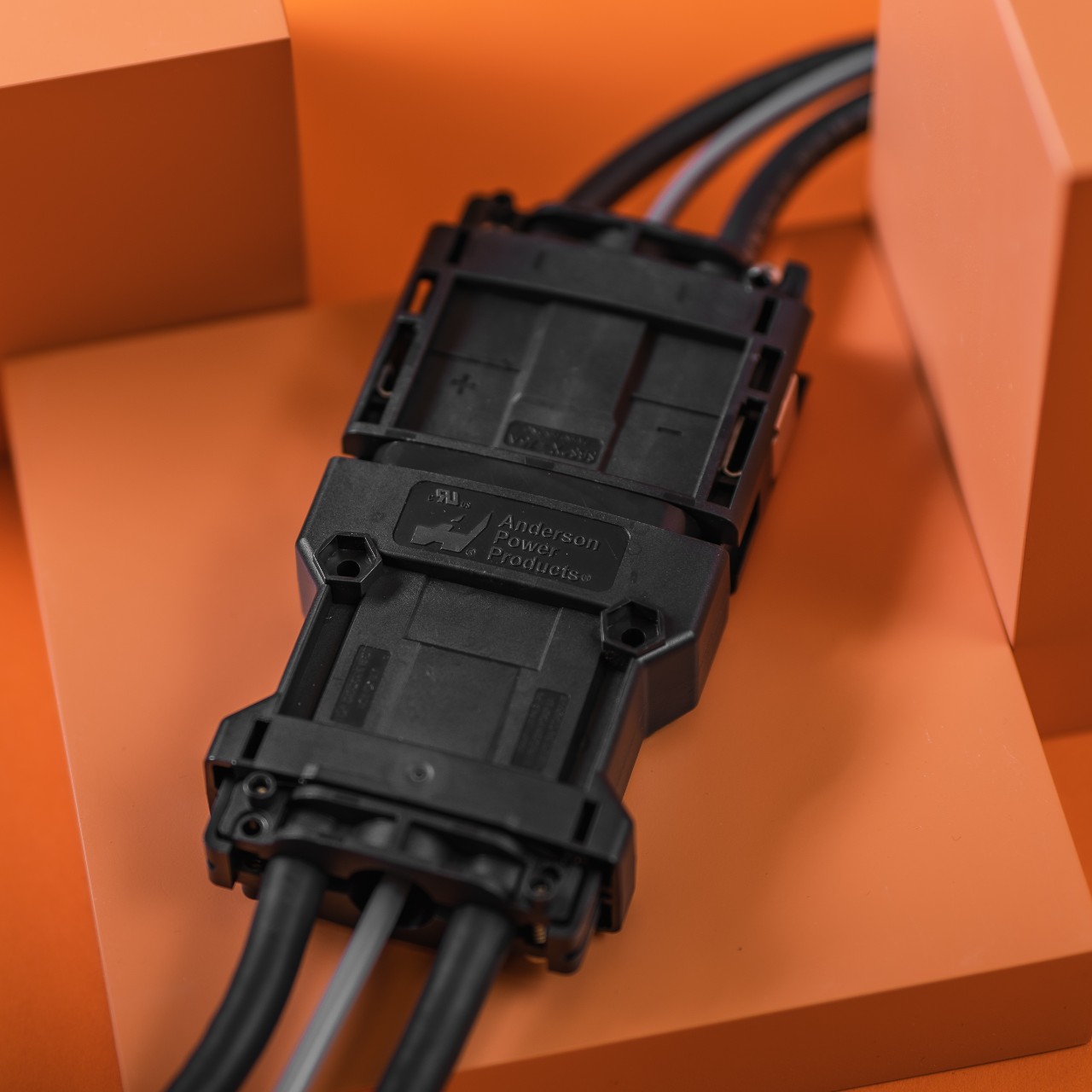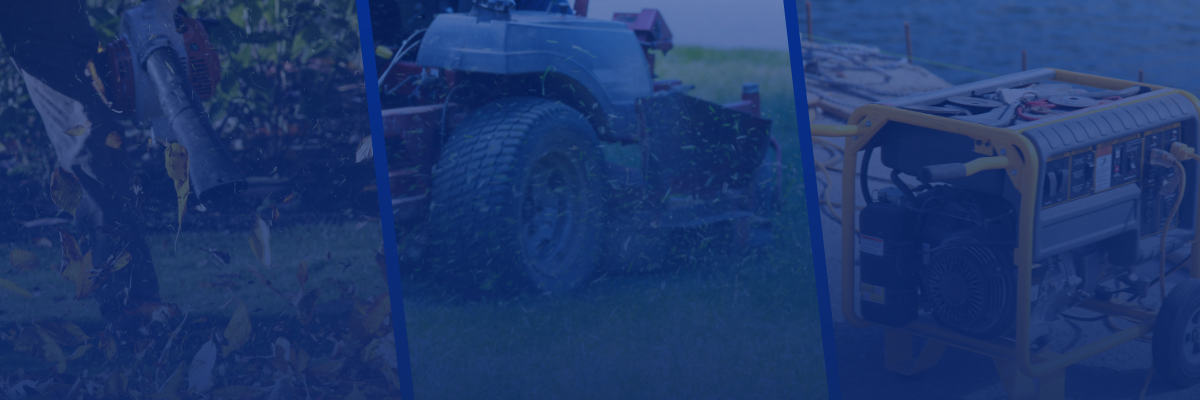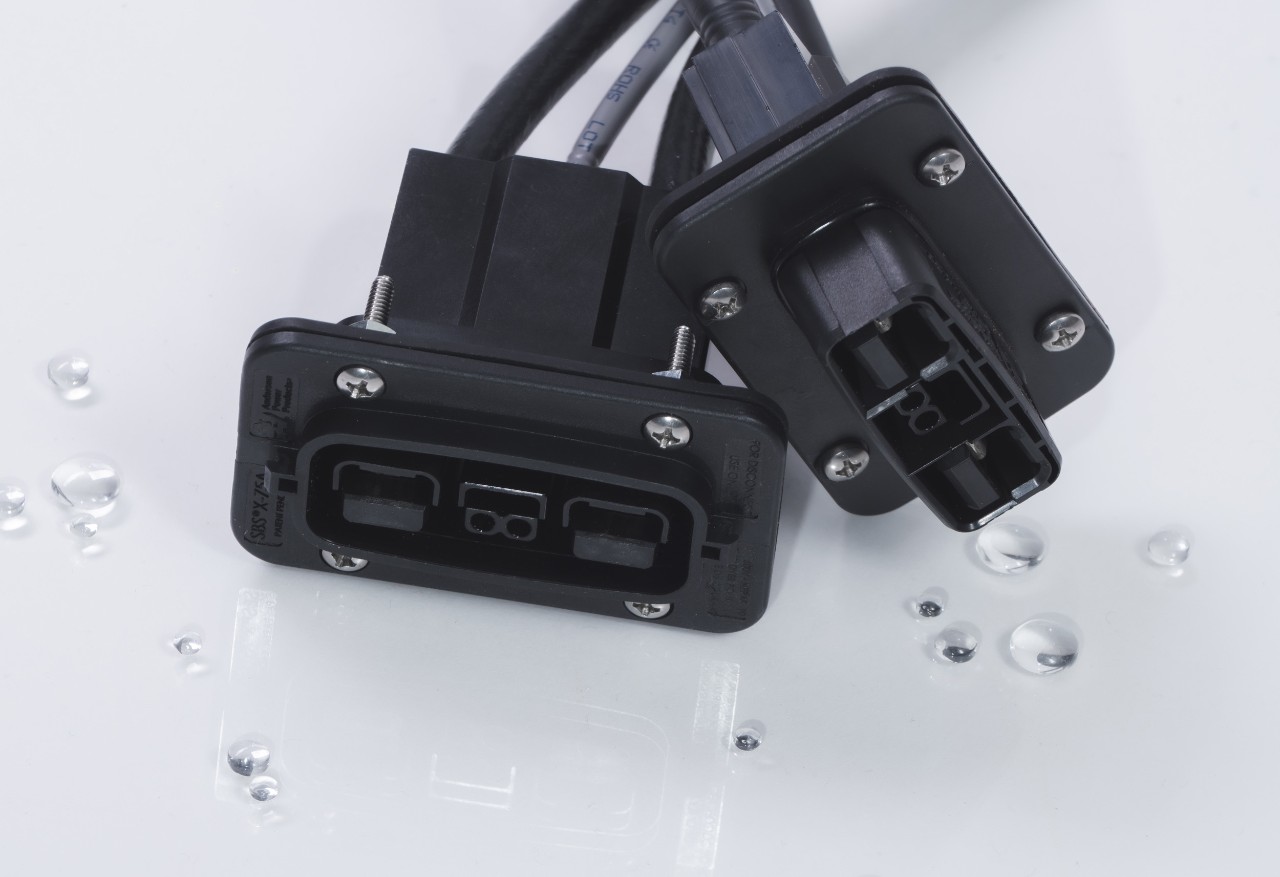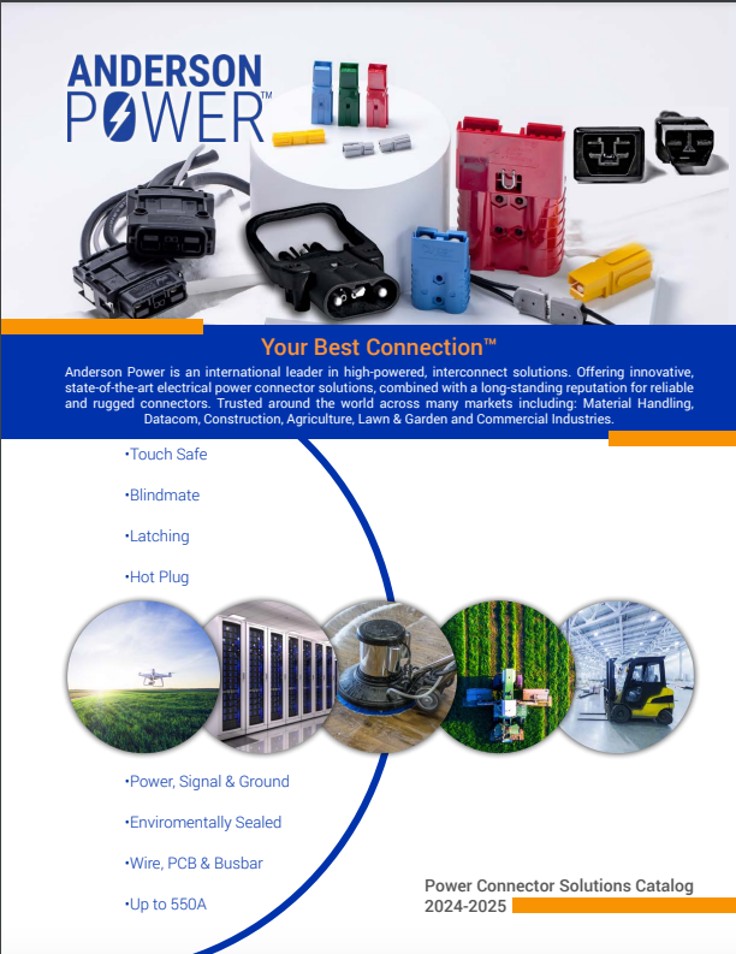With the ongoing push towards cleaner, more efficient engines, California leads the way with new legislation targeting Small Off Road Engines. The SORE initiative impacts lawn and garden tools as well as most pieces of motorized equipment generating less than 25 horsepower. The California Air Resources Board is now requiring all small engines manufactured in 2024 and afterward to be zero emissions. This move by the CARB has started a nationwide conversation about gas versus battery-powered engines, especially with recent developments in high-capacity battery technology and charging.

Electric motors for use in lawn tools have previously been overlooked. Until recently, small electric motors were unable to match the capabilities of their gasoline counterparts. Battery technology improvements have recently made small motors capable of running just as long, with comparable torque and horsepower ratings. So much has changed in the overall power capacity and capability of battery-powered yard tools, they have become the better option. Up until a few years ago, we wouldn’t dream of mowing a substantial sized yard with an electrical mower. Today, battery powered options are becoming commonplace.
Battery-operated tools are much lighter than their heavy gasoline counterparts, and obviously produce much less noise—something we can all get behind, especially if you’ve got that neighbor who likes to do their yardwork early on a Saturday morning. They also cost significantly less over the life of the tool, due to the inherently simple nature of electric motors.
We all know the preventative maintenance and repair costs of gas-powered tools can quickly become costly. Two-stroke engines in particular can be quite temperamental, especially when you’re dragging them out of storage after a long winter. Mixing gas and oil, priming the motor, gapping spark plugs, and changing filters is becoming a thing of the past, and it’s a welcome improvement. Additionally, battery-operated options eliminate fuel expenditures, as well as the cost of oil, spark plugs, and other consumables.
The weight savings alone are sometimes enough to consider a switch from gas to battery powered equipment. In some cases, there’s a 20-30% weight reduction, which adds up for those bigger yards and extensive jobs. Even just a pound or two less can make all the difference, from overall general fatigue to preventing possible injuries.
To revisit the benefits of less noise, it’s worth considering the decibel rating of your lawn and garden tools. Community concerns over noise generation have ramped up in recent years, with many new mandates being introduced to limit the noise yard tools can create. This has driven manufacturers to turn out quieter options with lower decibel ratings to meet these new guidelines.
Even though these new ordinances in place, the WHO cites anything exceeding 75dBa as dangerous to hearing in the long-term. Conveniently, most lawn equipment is rated to around 75dBa, but these claims are typically measured from afar. While in operation, gas-powered equipment can easily reach over 100 decibels for the operator, putting their hearing in jeopardy. This is especially important for landscapers, who use these types of tools on a daily basis. When considering noise generation, the option of battery-powered equipment is a no-brainer.

Small engines often go overlooked for the pollution they generate. Emissions from this type of equipment has even surpassed that of passenger cars: a high-capacity commercial leaf blower operating for one hour can generate the same smog-forming emissions as the average car on a two-day road trip. Overall environmental impact is also much more considerable than most people imagine, with gas lawncare engines accounting for around 2 billion gallons of fuel used each year, producing over 13 billion pounds of air pollution. Additionally, many badly tuned or older pieces of lawn care equipment remain in service, causing even more pollution than their newer gas counterparts.
With $30 million in funds to be distributed as rebates (and more on the way in coming years) the CARB seeks to incentivize not only homeowners but also landscapers by reducing their cost to purchased updated battery-operated equipment. This helps support their commitment to clean air along with the 2021-22 Funding Plan for Clean Transportation Incentives, with $1.5 billion pledged to increase access to clean vehicles and mobility options, especially for lower income communities and those disproportionately affected by environmental pollution.
The adoption of better, cleaner options for everything from horticulture and landscaping equipment to consumer transportation is great news. The savvy consumer and small business owner is sure to take advantage of technological improvements as well as government incentives to ensure the best possible performance with minimal environmental impact.









